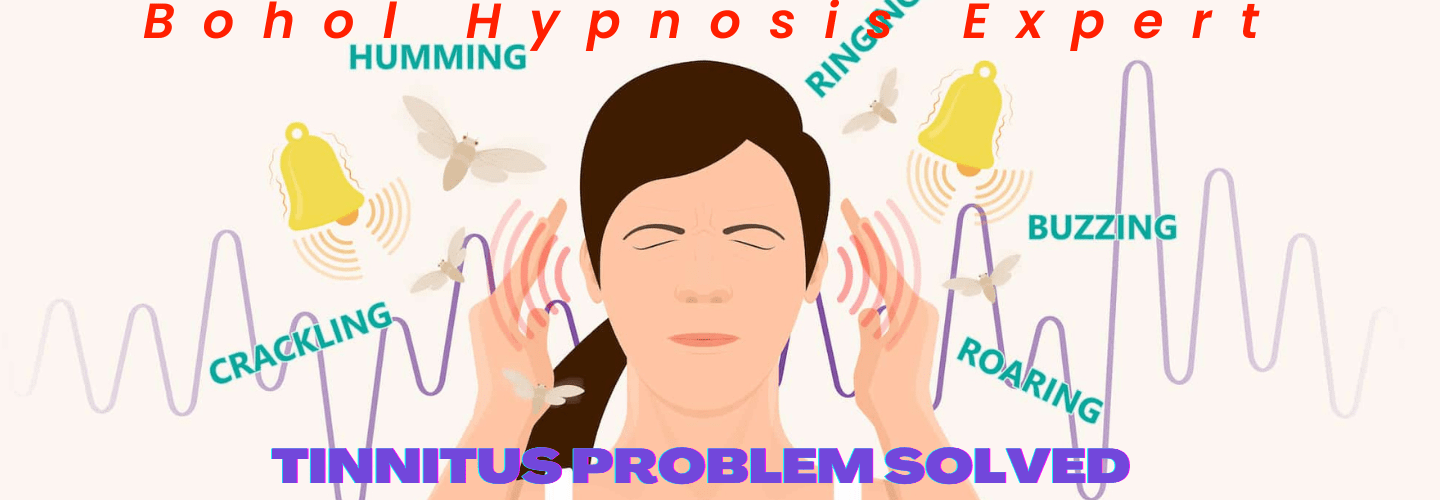
Empower yourself through hypnosis, EFT, and NLP to conquer disposophobia. Hypnosis reprograms subconscious beliefs and addresses psychological roots. EFT releases emotional blocks via tapping, fostering calmness and healing. NLP's strategies transform triggers, reframing perceptions for lasting change. Explore these modalities for holistic, effective resolution of disposophobia.
Understanding Disposophobia
Disposophobia, also known as hoarding disorder, is a complex psychological condition characterized by an overwhelming fear of letting go of possessions. Understanding phobia triggers is vital in addressing this condition effectively. Individuals with disposophobia often experience intense anxiety, distress, and discomfort at the mere thought of discarding items, leading to excessive accumulation of possessions. These triggers can stem from various underlying factors such as past trauma, loss, or a need for control.
To cope with disposophobia, it is essential to implement practical strategies that help individuals manage their fear and gradually declutter their living spaces. Some coping strategies for disposophobia include seeking therapy to explore the root causes of the fear, practicing mindfulness to reduce anxiety levels, setting small decluttering goals to avoid feeling overwhelmed, and enlisting the support of loved ones or professional organizers. By understanding phobia triggers and adopting effective coping mechanisms, individuals can work towards overcoming disposophobia and creating a more organized and stress-free environment.
Hypnosis: A Tool for Transformation

Utilizing hypnosis as a holistic tool offers individuals a potential pathway towards overcoming deep-rooted fears and behavioral patterns. Self-hypnosis techniques can empower individuals to tap into their subconscious minds, where these fears and patterns are often deeply ingrained. Through guided hypnosis sessions, individuals can access a state of heightened suggestibility, allowing them to reframe negative beliefs and perceptions that contribute to the fear of disposophibia.
Self-hypnosis techniques involve inducing a trance-like state where the individual is deeply relaxed and receptive to positive suggestions. By repetitively engaging in these techniques, individuals can begin to reprogram their subconscious minds, replacing fear-based responses with more adaptive thought patterns. This subconscious transformation can lead to a significant reduction in disposophobia-related symptoms and behaviors over time.
Incorporating hypnosis as part of a thorough treatment plan for disposophobia can provide individuals with a valuable tool for addressing the underlying psychological factors contributing to their fear. By harnessing the power of the subconscious mind, individuals can work towards lasting change and emotional healing.
EFT Techniques for Emotional Release

In the journey of resolving disposophibia, understanding and utilizing EFT techniques can be a powerful tool for emotional release.
By exploring EFT basics for release, learning how to clear emotional blocks, and tapping into specific fears, individuals can work towards overcoming their disposophobia in a practical and empathetic manner.
These techniques offer a structured approach to addressing deep-seated fears and anxieties, providing a pathway towards healing and liberation from the constraints of disposophobia.
EFT Basics for Release
Emotional Freedom Techniques (EFT) provide a powerful tool for individuals seeking to release pent-up emotions and alleviate the fear associated with disposophobia. Tapping benefits individuals by allowing them to address and release emotional blockages effectively. Through EFT, emotional healing can be achieved by acknowledging and tapping on specific acupressure points while focusing on the negative emotion or fear.
This technique helps in calming the amygdala, the part of the brain responsible for the fight-or-flight response, thereby reducing the intensity of negative emotions. The simplicity and accessibility of EFT make it a valuable self-help tool for managing emotions and fears related to disposophobia.
- Acknowledge emotions
- Tap on acupressure points
- Focus on releasing negative emotions
Emotional Block Clearing
Building upon the foundation of emotional release through EFT basics, practitioners can deepen their healing journey by employing specific techniques for clearing emotional blocks effectively. Emotional block release is an important step in the process of emotional healing.
By using EFT techniques for emotional release, individuals can address and release deep-seated emotions that may be hindering their progress towards overcoming disposophibia. These techniques involve tapping on specific acupressure points while focusing on the emotional block, allowing the individual to acknowledge, process, and release the emotional distress associated with their fear.
Through consistent practice and dedication to emotional block clearing, individuals can experience profound shifts in their emotional well-being, paving the way for lasting healing and relief from disposophibia.
Tapping for Fear
Utilizing tapping techniques in Emotional Freedom Techniques (EFT) can be highly effective for releasing fear and addressing emotional blocks associated with disposophibia. Tapping therapy involves gently tapping on specific meridian points on the body while focusing on the fear or anxiety, helping to release and reframe these emotions. This technique can provide relief from anxiety and create a sense of calmness.
The repetitive tapping motions can help shift the brain's attention away from the fear response, allowing for a more balanced emotional state. Through tapping therapy, individuals can work through their fears and phobias, gradually reducing their intensity and impact on daily life. Start tapping for fear today and experience the benefits of anxiety relief.
- Gentle tapping
- Focusing on fear or anxiety
- Creating a sense of calmness
NLP Strategies for Behavior Change

In exploring NLP strategies for behavior change, it's essential to understand the power of NLP techniques in facilitating lasting transformations.
By implementing NLP techniques effectively, individuals can experience a significant shift in their behaviors and thought patterns.
Let's examine how NLP can be harnessed to create meaningful and sustainable changes in behavior.
NLP Techniques for Change
To facilitate meaningful and lasting behavior change, mastering NLP techniques can provide individuals with powerful tools for transformation. NLP offers a range of change techniques and strategies that can help reshape mindset and behavior patterns effectively.
Here are some key techniques for change:
- Anchoring: This technique involves associating a specific trigger with a desired emotional state or behavior, allowing individuals to access these states at will.
- Reframing: By changing the way a situation is perceived, reframing can alter the meaning attached to it, leading to a shift in behavior.
- Meta-Modeling: This technique involves questioning and challenging limiting beliefs or distorted thinking patterns to promote mindset transformation and personal growth.
Behavioral Shift With NLP
Enhancing behavioral shifts through the application of NLP strategies empowers individuals to embrace transformative change effectively. NLP techniques focus on fostering mindful awareness and cognitive restructuring to modify behaviors.
By cultivating mindful awareness, individuals can observe their thoughts and actions without judgment, allowing for a deeper understanding of their behavior patterns. This heightened awareness serves as a catalyst for change by enabling individuals to recognize and interrupt negative thought patterns that contribute to unwanted behaviors.
Cognitive restructuring within NLP involves identifying and challenging limiting beliefs, replacing them with more empowering perspectives. This process helps individuals reframe their thoughts and perceptions, leading to more positive behaviors and outcomes.
Through the integration of mindful awareness and cognitive restructuring, NLP facilitates lasting behavioral shifts that support personal growth and development.
Overcoming Resistance and Blocks

Addressing obstacles and hesitations head-on is essential in the journey towards overcoming disposophobia. Exploring resistance and overcoming blocks are vital steps in dismantling the barriers that prevent individuals from effectively managing their fear of disposophobia. Here are some practical strategies to help navigate through resistance and blocks:
- Self-Reflection: Take the time to understand the root causes of your disposophobia. Reflecting on past experiences or traumas can provide valuable insights into why these fears exist and how they manifest in your life.
- Mindfulness Practices: Engaging in mindfulness activities such as meditation or deep breathing exercises can help calm the mind and alleviate anxiety associated with disposophobia. These practices can also enhance self-awareness and promote a greater sense of control over your emotions.
- Seeking Support: Don't hesitate to reach out to a therapist, counselor, or support group for guidance and assistance. Professional help can offer you the tools and techniques needed to address resistance and overcome blocks effectively.
Integrating Hypnosis, EFT, and NLP

Integrating hypnosis, EFT, and NLP can offer individuals effective tools for addressing disposophobia by exploring into the subconscious mind and facilitating lasting behavioral changes. These modalities work synergistically to address disposophobia by recognizing the mind-body connection and taking a holistic approach to healing.
Hypnosis explores into the subconscious, enabling individuals to reframe deep-seated fears and beliefs surrounding possessions. EFT, or Emotional Freedom Technique, involves tapping on specific meridian points while verbalizing feelings, aiding in the release of emotional blocks contributing to disposophobia.
NLP, or Neuro-Linguistic Programming, focuses on inner transformation and subconscious healing by reprogramming thought patterns and behaviors associated with disposophobia.
Frequently Asked Questions
Can Disposophobia Be Completely Cured With Hypnosis, Eft, and NLP Techniques?
Therapy effectiveness in treating disposophobia can vary based on individual responses. Long-term success often depends on the patient's commitment to the therapy. Case studies and patient testimonials can provide valuable insights into the potential outcomes.
Are There Any Potential Side Effects or Risks Associated With Using Hypnosis, Eft, and NLP for Treating Disposophobia?
When pondering the management of disposophobia using different methods, it is important to recognize the potential risks involved. To guarantee effectiveness and long-term success, therapist qualifications play a vital role in preventing recurrence and promoting overall well-being.
How Long Does It Typically Take to See Results When Using Hypnosis, Eft, and NLP for Disposophobia?
When addressing disposophobia using therapy, progress assessment varies based on individual factors. Success timeline can range from weeks to months. Therapist experience and adherence to treatment protocols play significant roles. Consistency and openness enhance results.
Can Disposophobia Reoccur After Successful Treatment With Hypnosis, Eft, and Nlp?
Disposophobia relapse is possible post-treatment. Prevention strategies involve ongoing therapy, self-awareness, and support networks. Disposophobia triggers vary; coping mechanisms like relaxation techniques, gradual exposure, and organizational skills can help manage potential relapses effectively.
Are There Any Specific Qualifications or Certifications to Look for in a Therapist or Practitioner Offering Hypnosis, Eft, and NLP for Disposophobia?
When seeking help for disposophobia, make sure therapists have relevant qualifications and certifications in their field of practice. Look for training requirements and standards that demonstrate expertise in addressing specific phobias to guarantee effective treatment and support.
Conclusion
To summarize, the combination of hypnosis, EFT, and NLP can be a powerful tool in resolving the fear or phobia of disposophobia. By utilizing these techniques, individuals can transform their mindset, release emotional blockages, and change their behavior patterns.
Just as a skilled craftsman uses different tools to create a masterpiece, these modalities work together to help individuals overcome resistance and blocks, leading to a path of freedom and empowerment.
Take the Next Step
Do not be afraid to reach out to me, Mark E Wilkins, to assist you in any issues you might have. Most Hypnotherapy sessions last 2 hours and EFT Sessions are usually handled with one session. Life Coaching is 45 minute session, once a week. Self-Hypnosis is taught in one session, and lasts a lifetime.
To make an appointment, first listen to the Pre-talk and fill out he Complementary Healthcare Provider Disclosure. The use the Contact Form to request an appointment with the Bohol Hypnosis Expert.
Self-help downloads are available. The self-hypnosis program to teach you how to self-hypnotize is here.





